10 Largest Mass Burial Grounds In The World
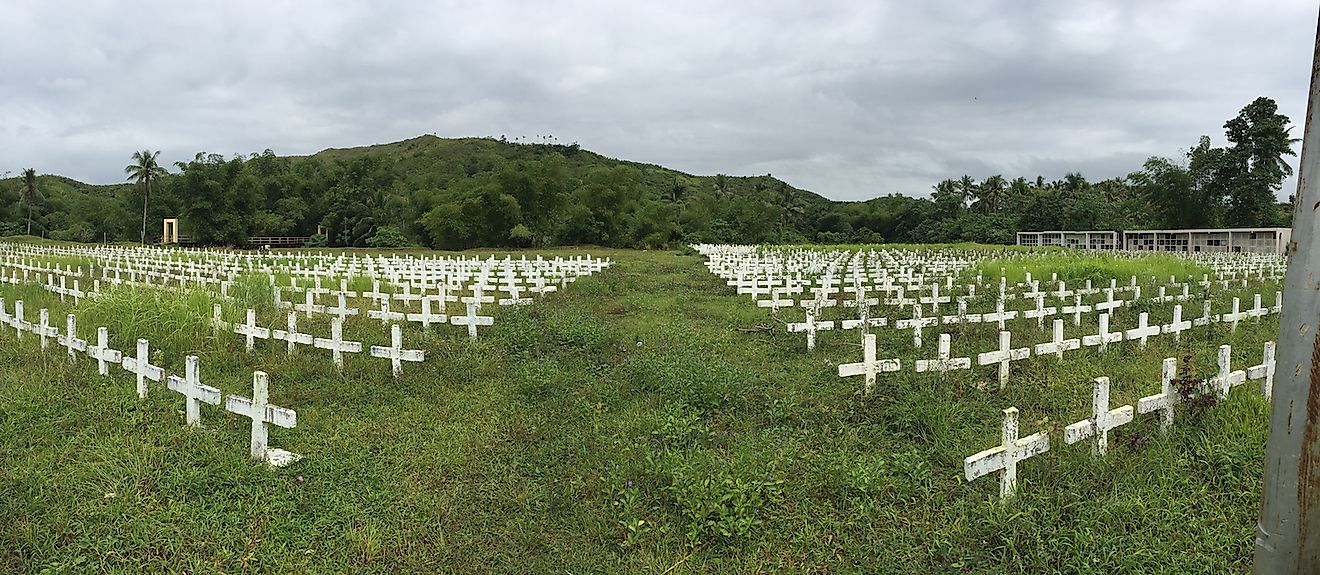
- The Great Britain Plague Pits date back to the time of the Black Plague which ravaged Europe during the 14th century.
- A mass grave containing the remains of the victims of the Vukovar Massacre was discovered in 1992 by a team from the United Nations.
- Located in New York state's Lake Champlain, Crab Island served as the site of a military hospital during the 1814 Battle of Plattsburgh. Dead soldiers were crammed into a massive grave just south of the hospital.
No country is immune to violence. All around the globe political upheaval and the violence that usually accompanies it have resulted in bloodshed and death. Unfortunately this grim reality isn't confined to any one time period or geographical region. History books are filled with incidences of mass murder and violence in the name of political repression, racial cleansing, and/or religious persecution. Far too many of the world's citizens have been forced to come face to face with the stark reality of death on a large scale. Some of these mass gravesites scattered across the world remind us of these unfortunate historical massacres.
10. Maguindanao
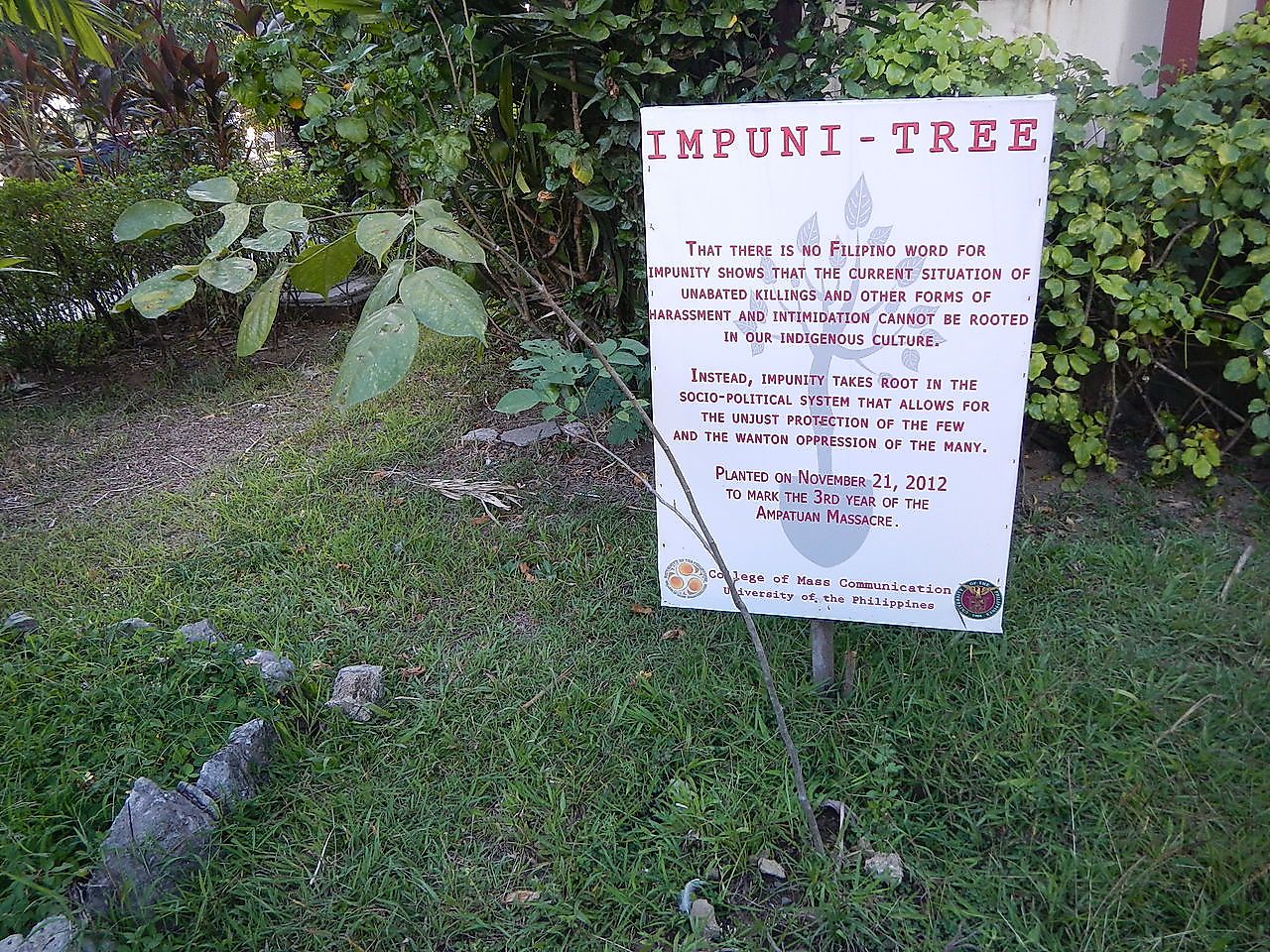
The Maguindana or Ampatuan Massacre took place in 2009 in the Philippines. Fifty eight victims were found in a mass grave in the town of Ampatuan on the island of Mindanao. These victims of political violence had initally been kidnapped before being murdered. Thirty four of the victims were identified as journalists. The mass murder took place amid a contenscious political campaign. The bloodshed began when Esmael Mangudadatu, the vice major of Buluan, along with a group of supporters and journalists were enroute to file papers for his candidacy. Their caravan was stopped by a hundred armed men who had been sent by Mangudadatu's political rival Andal Ampatuan Sr. The killers had dug a mass grave two days before the murders. The victims included Mangudadatu's wife and two sisters.
9. Duraiappa
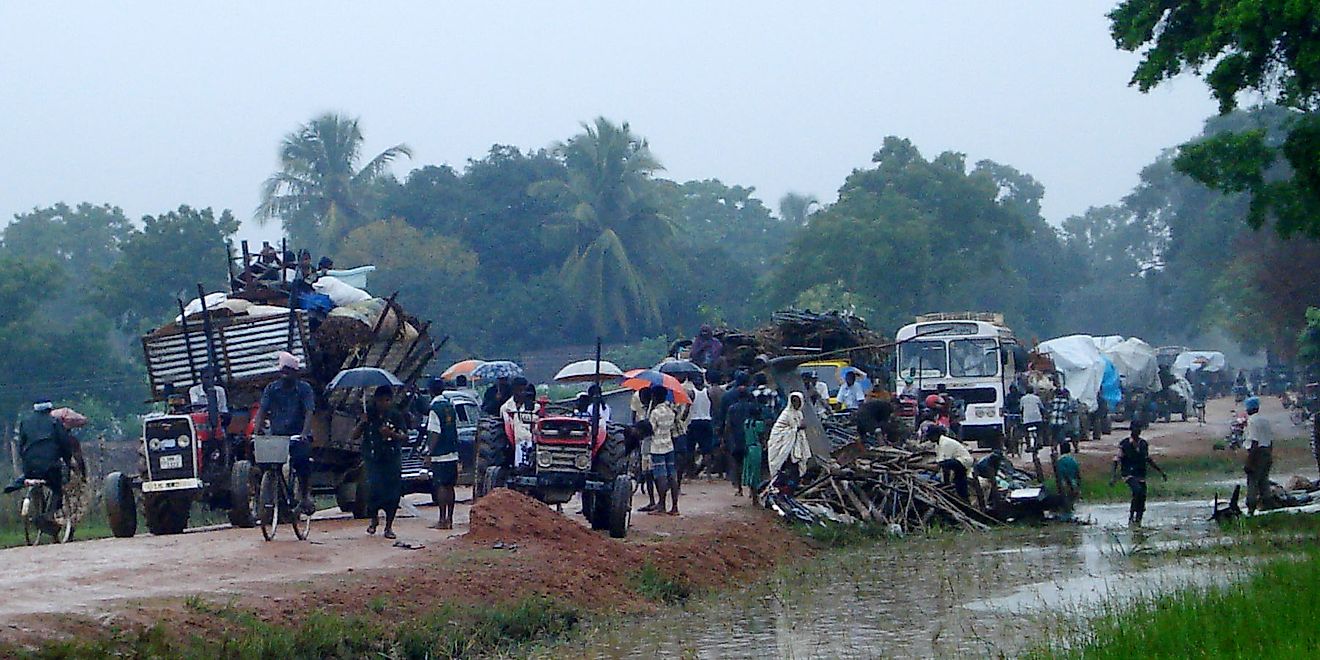
A mass grave was uncovered in 1999 in the Sri Lankan city of Jaffna. While renovating the Duraiappa sports stadium workers came across a mass gravesite containing the broken remains of twenty five human beings including two children. The murders were committed during Sri Lanka's bloody civil war which resulted in the deaths of 65,000 people coupled with the disappearance of some 12,000 citizens.
8. Crab Island
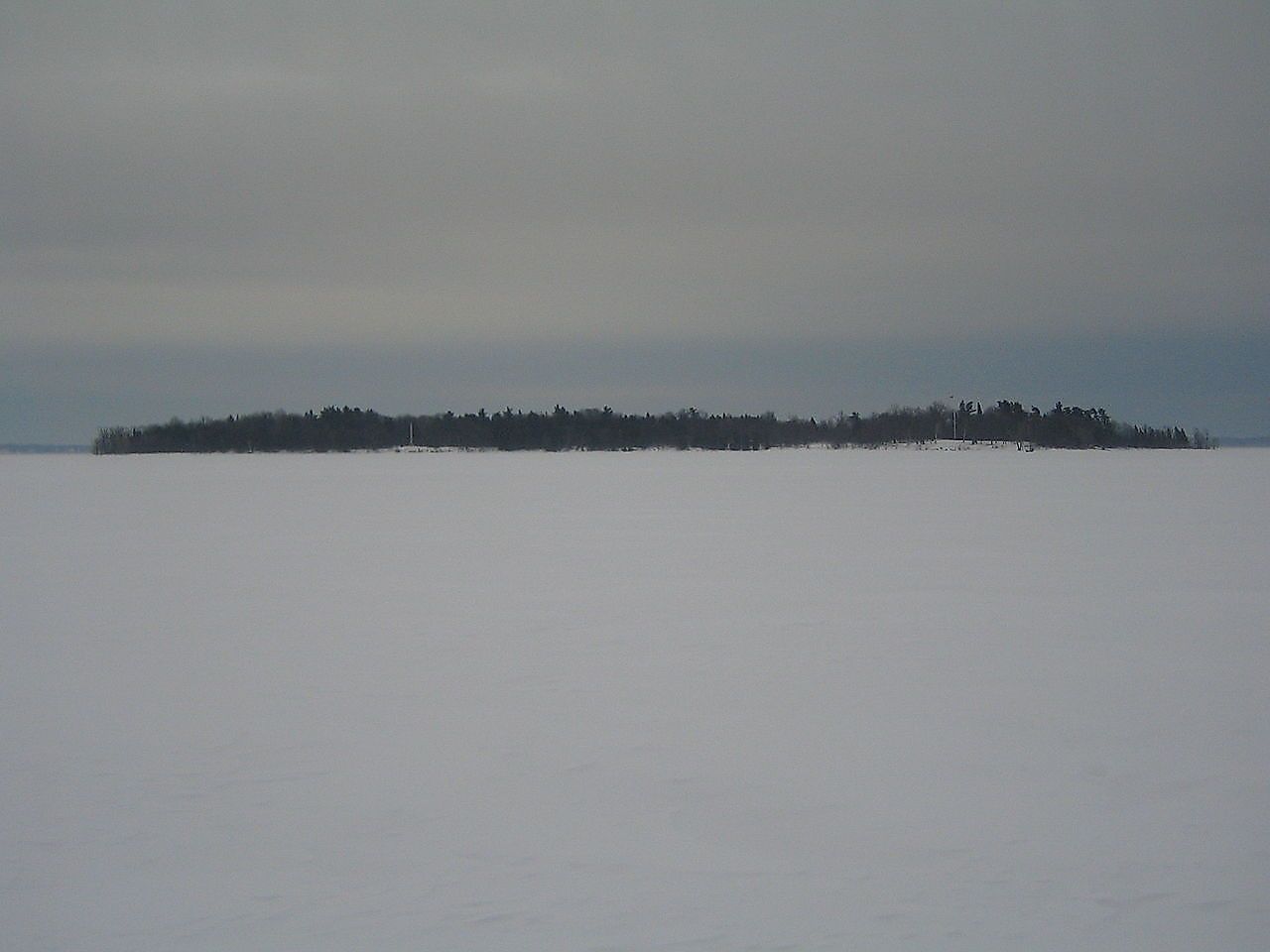
Located in New York state's Lake Champlain, Crab Island served as the site of a military hospital during the 1814 Battle of Plattsburgh. Dead soldiers were crammed into a massive grave just south of the hospital. To this day most of their identities remain unknown. In 1908 the site received an official U.S. government commemoration in the form of a large obelisk marking the final resting place of the many lives of those lost during the bloody conflict between American and British forces.
7. Vukovar
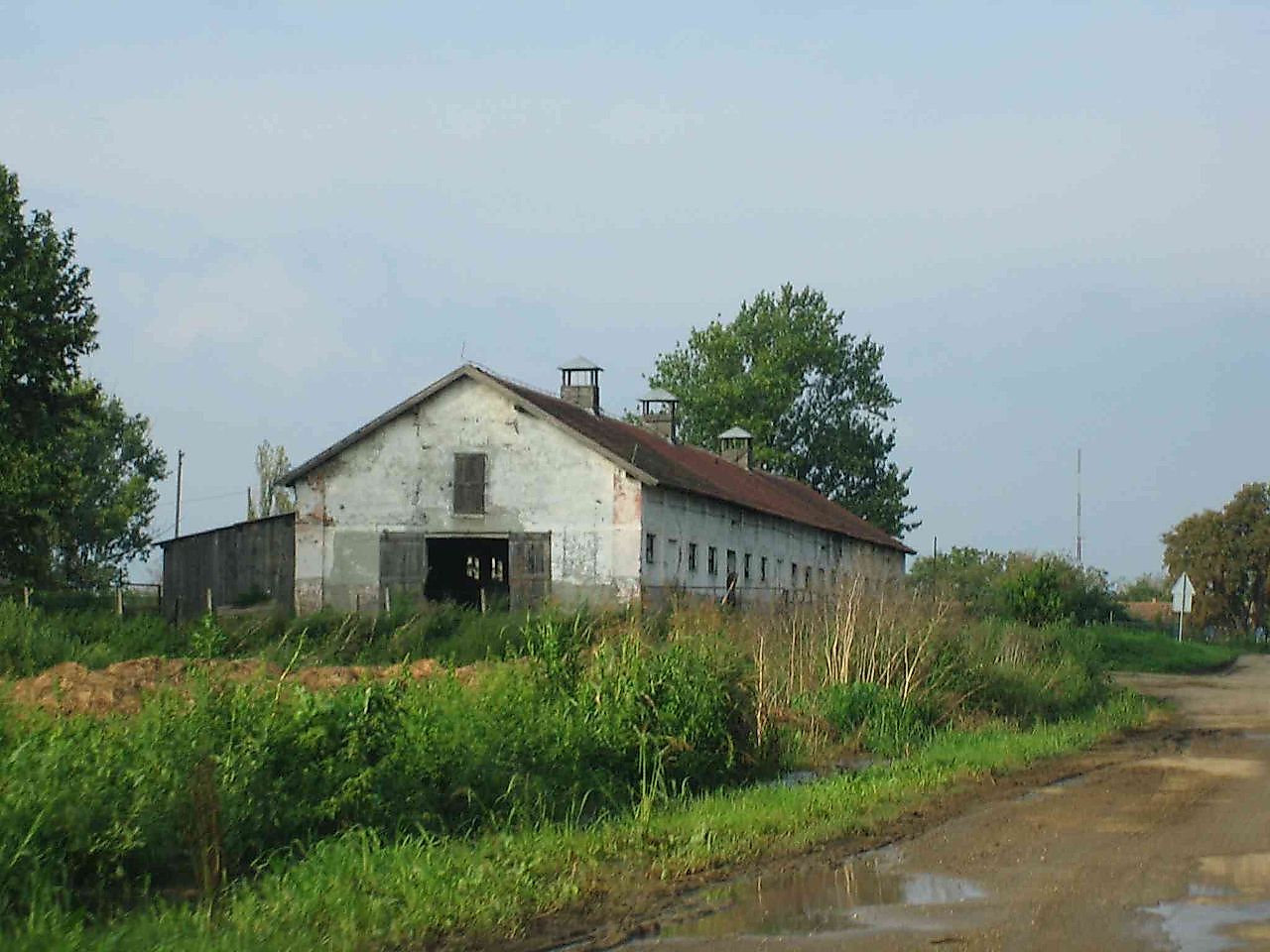
The Vukovar Massacre took place on November 20, 1991 in Croatia during the Croatian War of Independence. It is also named the Vukovar hospital massacre. Over 200 Croatian prisoners of war and civilians were killed by Serb paramilitaries at the Ovčara farm southeast of Vukovar and their bodies buried in a mass grave.In October 1992, the mass grave was discovered. The United Nations Protection Forces guarded the site and later, two officers of the Yugoslav People's Army (JNA) were convicted for the massacre by the ICTY. The former Serbian President, Slobodan Milošević, was also held responsible for the deadly act.
6. Hart Island
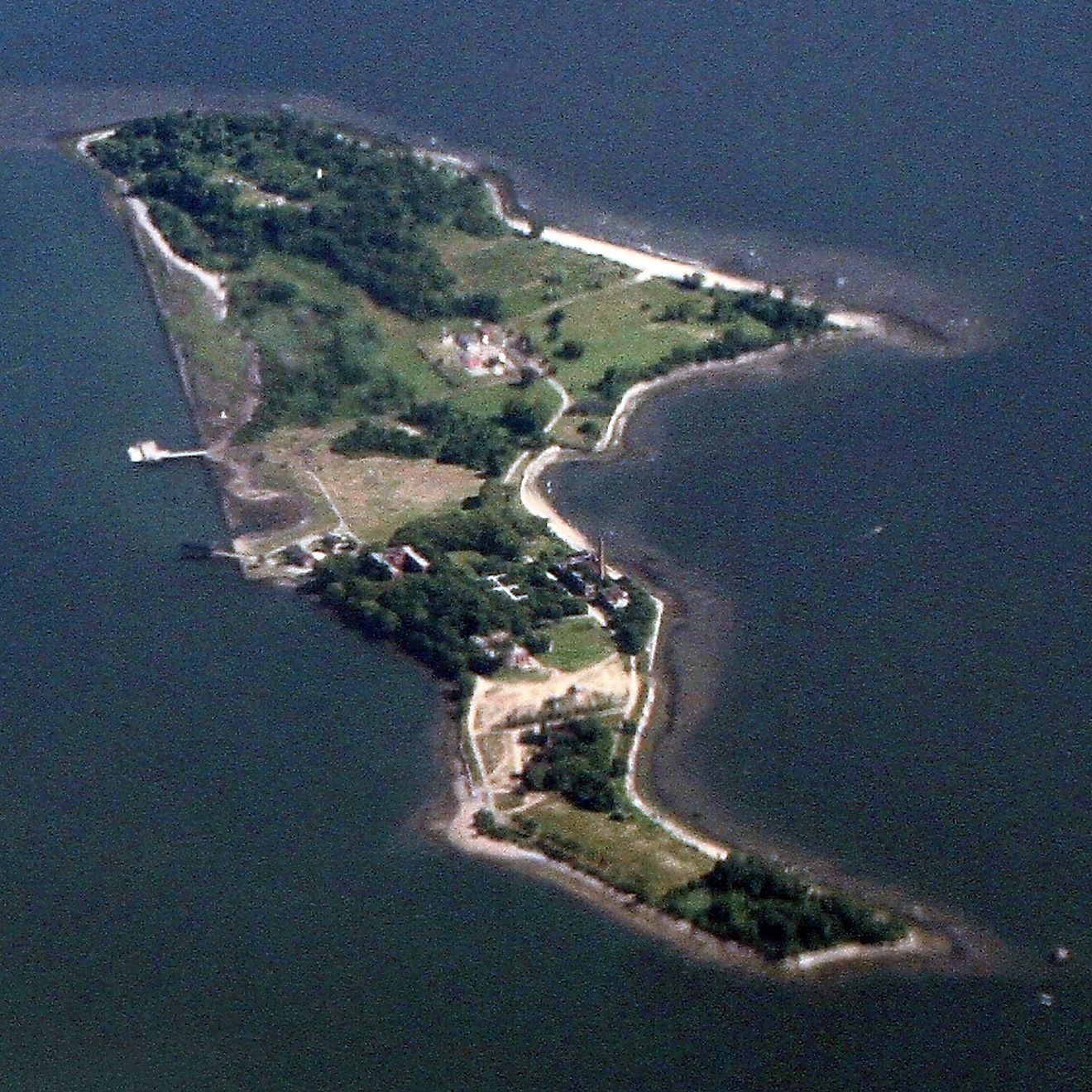
Hart Island is located in New York City's Bronx borough and is part of the Pelham Islands. In 1865 during the American Civil War the island was the site of a prisoner of war camp. Although Confederate and Union soldiers were buried here the remains of soldiers fighting for the Union were reburied elsewhere following the war. Today Hart Island is used by New York as a potter's field which serves as the final resting place for the region's poor, homeless, and diseased.
5. Great Britain Plague Pits
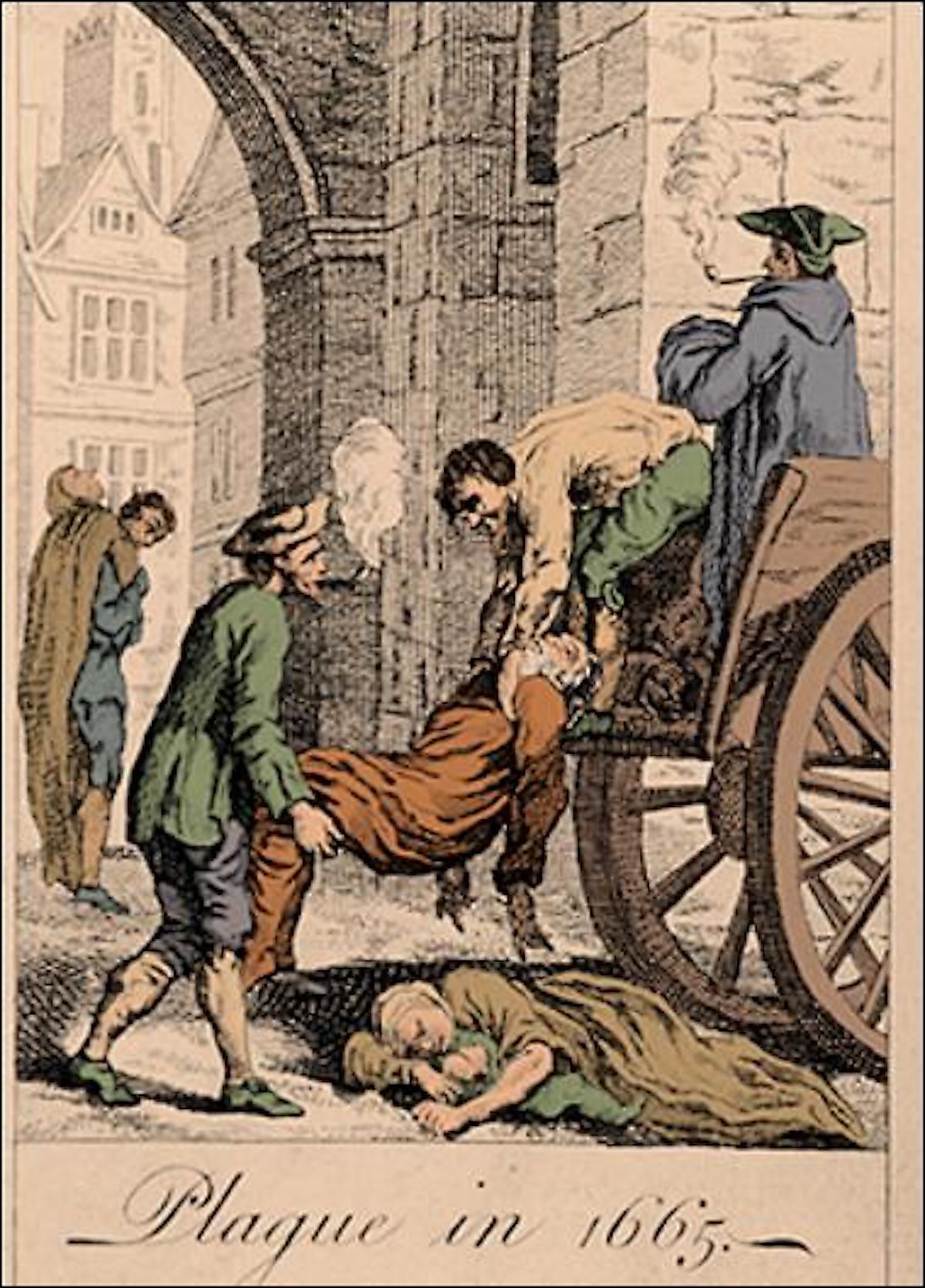
The Great Britain Plague Pits date back to the time of the Black Plague which ravaged Europe during the 14th century. Due to the enormous rate of death incurred because of the ravages of the Bubonic Plague (or Black Death) traditional burial methods in the most parts of Europe were abandoned in favor of more efficient practices. Although it may never be known for certain just how many people perished in Britain during the plague experts have estimated that the death toll included between 25 and 60% of the nation's entire population.
4. Mass Graves In Iraq
Iraq's history of violence and political upheaval has been well documented thoughout the years. In the 1980s mass graves were discovered throughout the nation. Countless victims, mostly Kurds and Iraqi citizens, are said to have been buried in up to 250 mass graves of which only forty of these have been offically unearthed. The deaths can be attributed to genocide, massacres, and executions all carried out on the orders of Iraqi government officials.
3. Chechnya Massacres
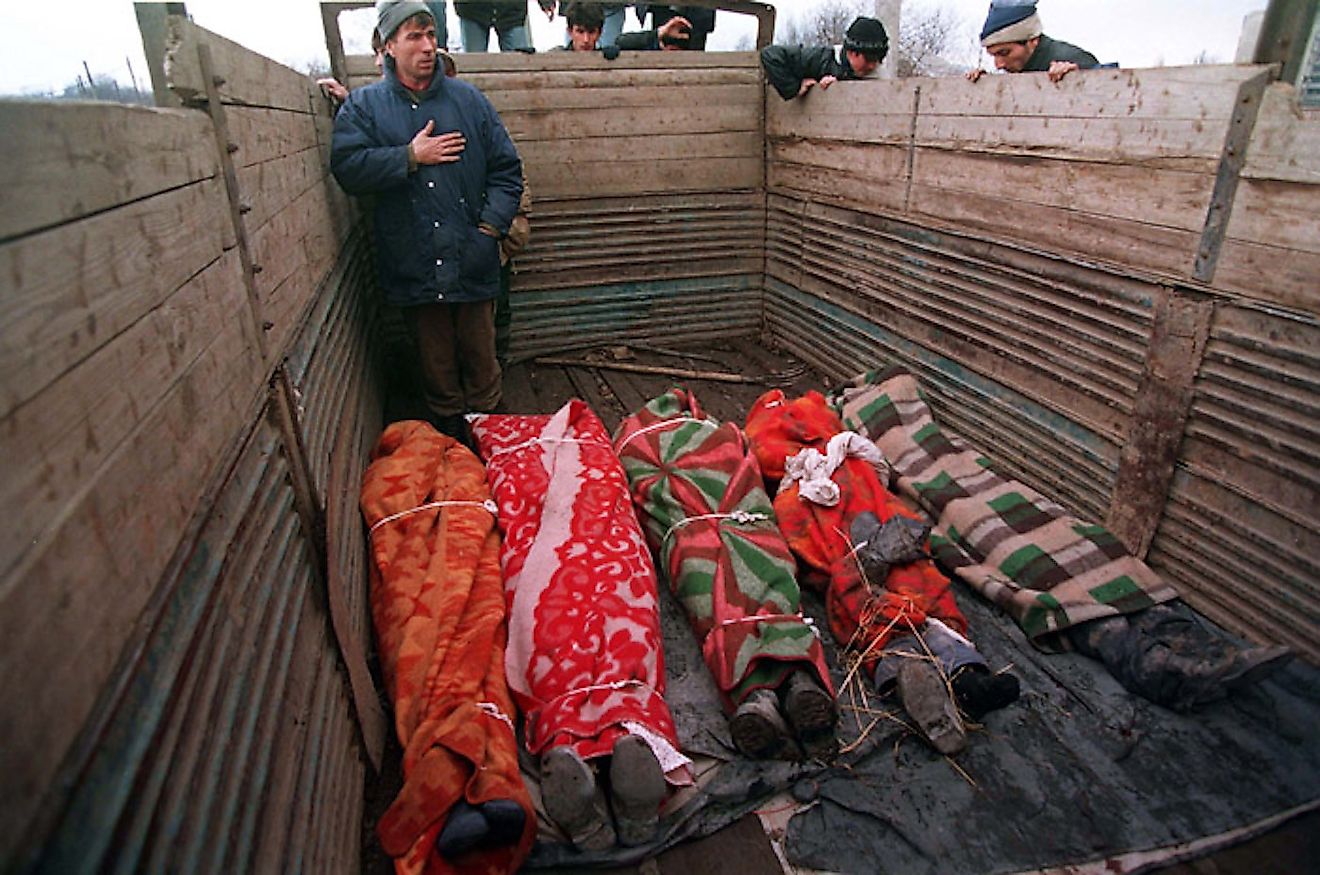
The bloody Chechen War began in 1994. Since then a startling number of mass graves have been discovered in the region. In 2008 a total of 58 mass burial sites had been found. The number of victims buried in these graves number in the thousands. The largest mass grave, located in Grozny, the capital of Chechnya, contains the bodies of 800 victims, all of whom are presumed to have perished during the First Chechen War which took place from December 1994 to August 1996.
2. Mass Graves Of Victims Of Stalin's Rule
Joseph Stalin was a notoriously brutal leader who ruled over the Soviet Union from 1922 until 1953. During his bloody reign his band of secret police were reportedly responsible for the murders of approximately 700,000 people. The majority of these victms were dumped into mass graves which were distributed throughout the nation. Although not all of these gruesome sites have been found mass graves have been discovered in Bykivia (Ukraine), Kurapaty (Belarus), Butovo (Moscow, Russia), and Sandarmokh (Russia). In total these mass gravesites are presumed to include 179,000 to 479,000 victims.
1. Cambodian Genocide Graves
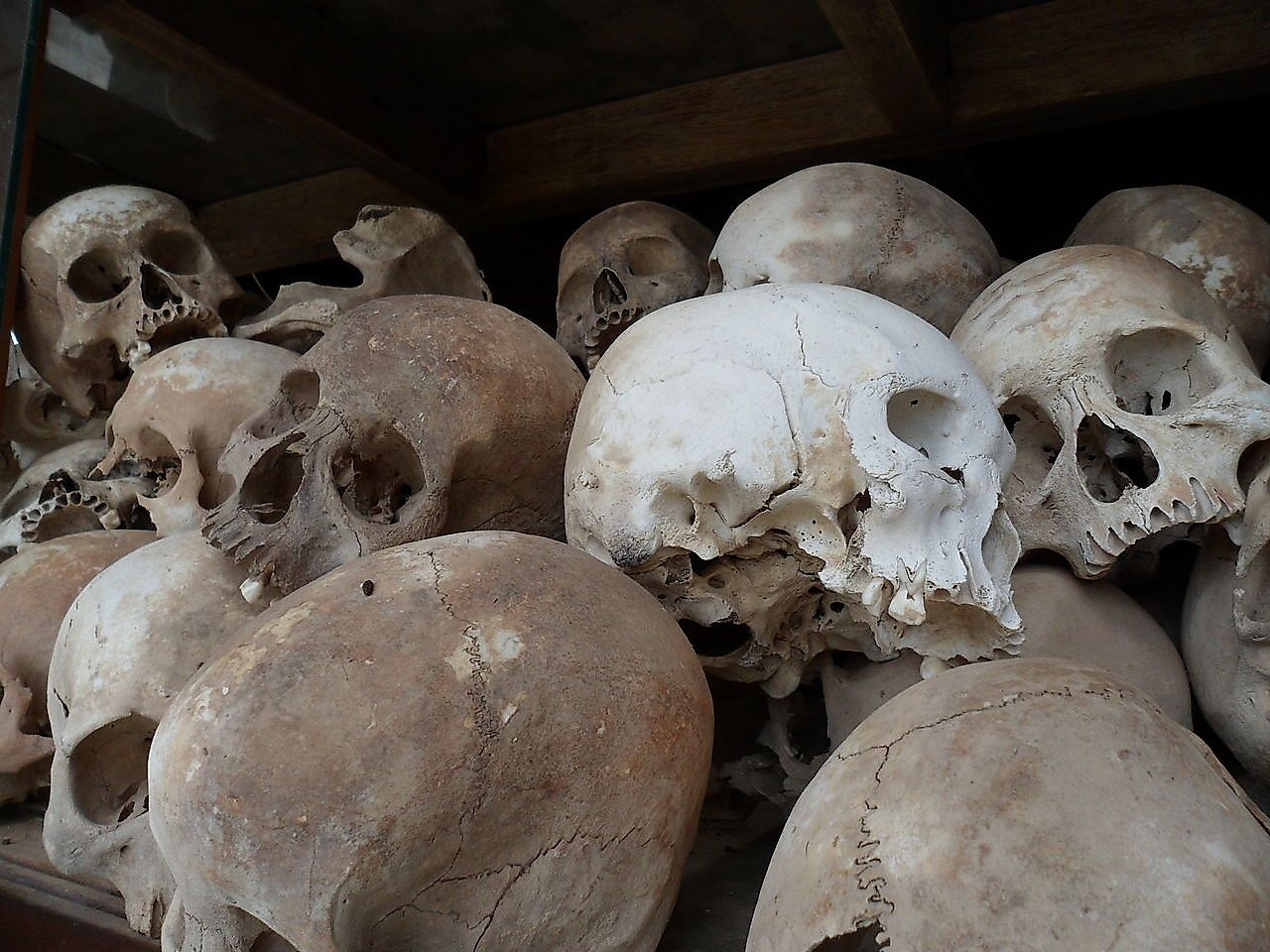
Ruthless Cambodian leader Pol Pot ruled the southeast Asian country from 1975 to 1979. Pot served as leader of the notorious communist Khmer Rouge regime from 1963 to 1997. Under his brutal leadership acts of genocide and crimes against humanity were commonplace. Estimates put the death toll under his government to be a staggering 1.38 million. About 200,000 mass graves have been directly tied to Pot's administration.











